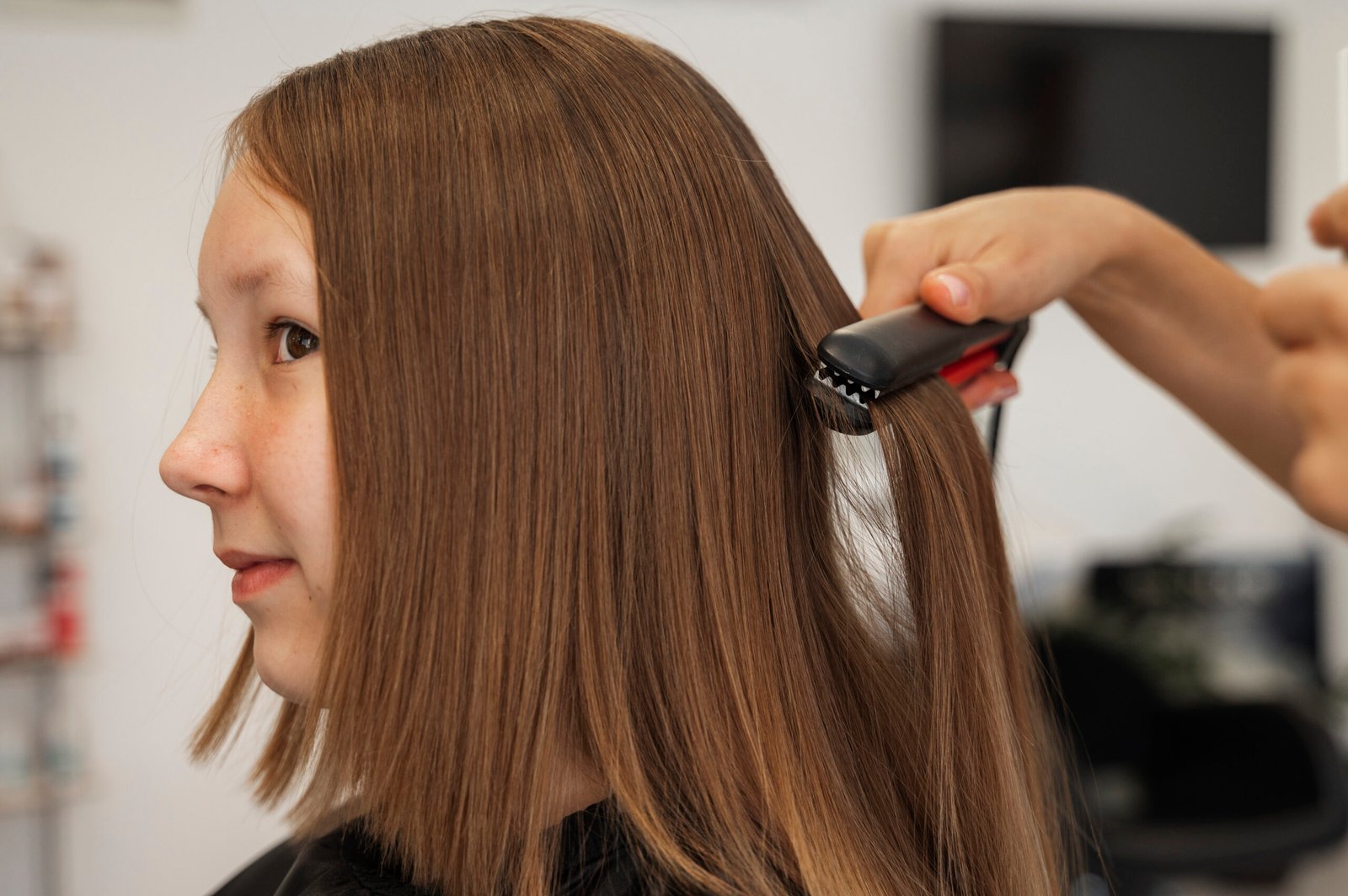
The Elegance of Hair Lowlights: A Guide to Adding Depth and Dimension
While hair highlights have long been celebrated for their ability to brighten and lighten, hair lowlights offer a sophisticated and subtle way to add depth, richness, and dimension to your locks. Lowlights involve incorporating darker tones into the hair, creating contrast and enhancing natural hues. In this article, we’ll explore what hair lowlights are, the different types, techniques, and the benefits they offer, as well as how to maintain them for a lasting, beautiful effect.
What Are Hair Lowlights?
Lowlights are the opposite of highlights; instead of lightening sections of hair, they darken certain strands to add depth and contrast. This technique involves applying a darker color to specific areas, creating a multi-dimensional look that can make the hair appear fuller and more dynamic. Lowlights are particularly effective for adding richness to hair that appears flat or overly lightened, helping to create a balanced, natural appearance.
Types of Hair Lowlights
- Traditional Lowlights: This classic method involves applying darker shades throughout the hair, typically using foils or other sectioning techniques. Traditional lowlights can be used to blend out highlights, tone down overly bright hair, or create a more sophisticated and polished look.
- Reverse Balayage: Similar to the balayage technique used for highlights, reverse balayage involves hand-painting darker shades onto the hair. This method creates a soft, gradual transition from lighter to darker tones, adding dimension without harsh lines. It’s perfect for those looking to add subtle depth and a natural-looking shadow effect.
- Shadow Root: The shadow root technique involves applying a darker color at the roots and blending it into the lighter ends. This creates a natural-looking root shadow that can help transition from dark roots to lighter ends seamlessly. Shadow roots are particularly popular for those who want to extend the time between salon visits, as they provide a natural grow-out effect.
- Dimensional Lowlights: This technique involves using multiple shades of dark colors to create a highly textured and layered look. Dimensional lowlights add complexity and movement to the hair, making it appear fuller and more voluminous.
Benefits of Hair Lowlights
- Adds Depth and Dimension: Lowlights create contrast and depth, making the hair look more dynamic and multi-dimensional. This is particularly beneficial for fine or thin hair, as it can create the illusion of more volume.
- Balances Brightness: If highlights have left your hair too bright or brassy, lowlights can tone down the overall look and create a more balanced, natural appearance.
- Low Maintenance: Lowlights often grow out more naturally than highlights, making them a low-maintenance option. The darker tones blend with the natural hair color, reducing the need for frequent touch-ups.
- Enhances Natural Color: Lowlights can enhance and complement your natural hair color, adding richness and depth. They are a great option for those who want to add subtle changes without a drastic transformation.
- Versatility: Lowlights can be customized to suit any hair color, type, or style. Whether you have blonde, brunette, red, or even gray hair, lowlights can be tailored to achieve the desired effect.
Application Techniques
- Consultation: The process begins with a consultation with a professional colorist. They will assess your hair color, texture, and overall goals to determine the best shades and techniques for your lowlights.
- Color Selection: Choosing the right shade for lowlights is crucial. The selected color should be darker than the base color but still within a complementary range. This ensures a harmonious and natural-looking result.
- Application: Depending on the desired effect, the colorist may use foils, balayage, or other techniques to apply the darker shades to specific sections of hair. The application process is tailored to the individual’s hair type and desired outcome.
- Processing and Rinsing: After the lowlights are applied, they are left to process for a specific time before being rinsed out. A toner may be used to refine the color and ensure the perfect shade.
- Styling and Aftercare: Once the lowlights are complete, the hair is styled, and the colorist will recommend aftercare products to maintain the vibrancy and health of the hair.
Maintenance and Aftercare
- Use Color-Safe Products: To preserve the richness of lowlights, use shampoos and conditioners designed for color-treated hair. These products help prevent fading and keep the color looking fresh.
- Limit Heat Styling: Excessive heat can damage colored hair and cause color fading. Minimize the use of heat styling tools and always use a heat protectant when necessary.
- Avoid Sun Exposure: Prolonged sun exposure can lead to color fading. Consider using UV-protective hair products or wearing a hat when spending time outdoors.
- Regular Conditioning: Deep conditioning treatments help keep the hair moisturized and healthy. This is especially important for color-treated hair, which can be more prone to dryness.
- Touch-Ups as Needed: While lowlights are generally low-maintenance, occasional touch-ups may be needed to maintain the desired depth and richness, especially as the hair grows.
Conclusion
Hair lowlights offer a versatile and elegant way to enhance your natural beauty. Whether you’re looking to add subtle depth or create a more dramatic contrast, lowlights can be tailored to suit your individual style and preferences. With the right technique and care, lowlights can transform your hair, giving it a richer, more dimensional appearance.

